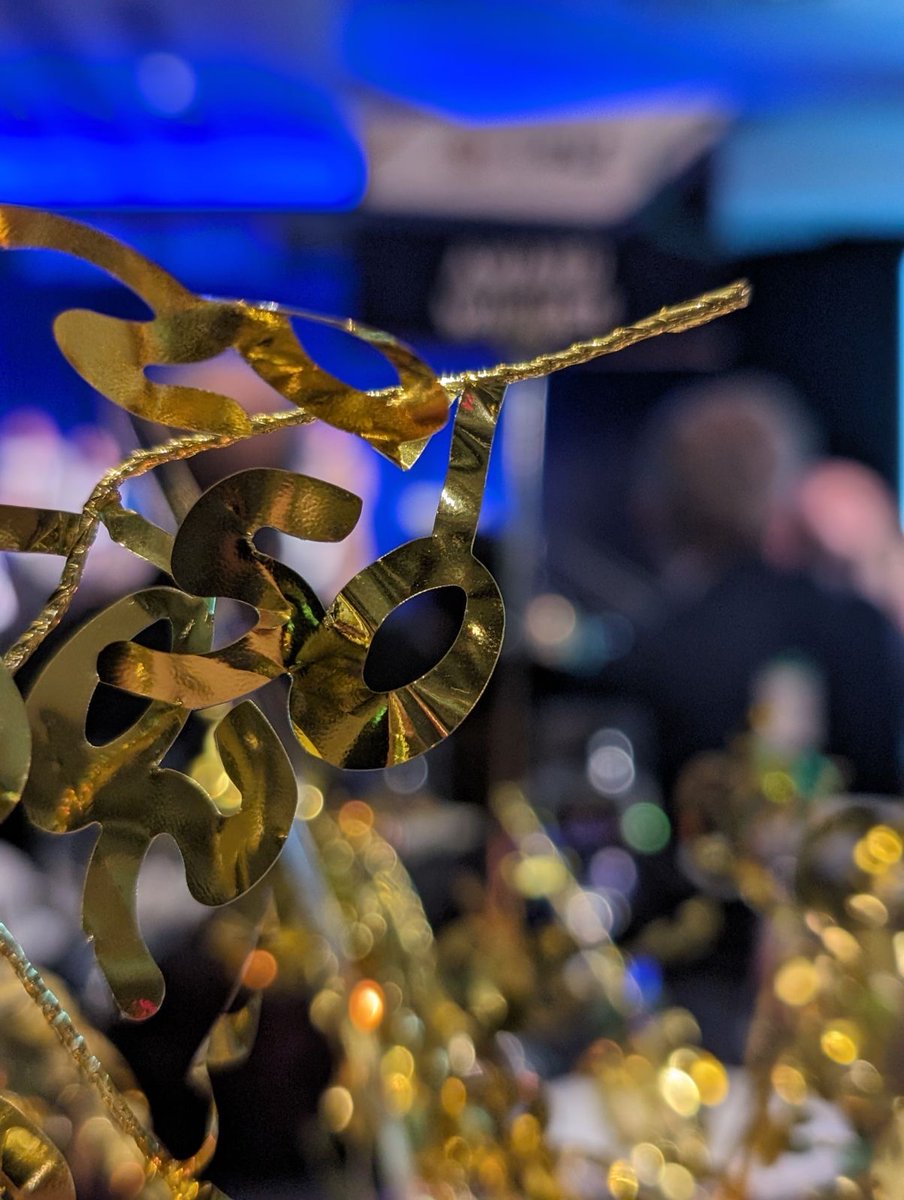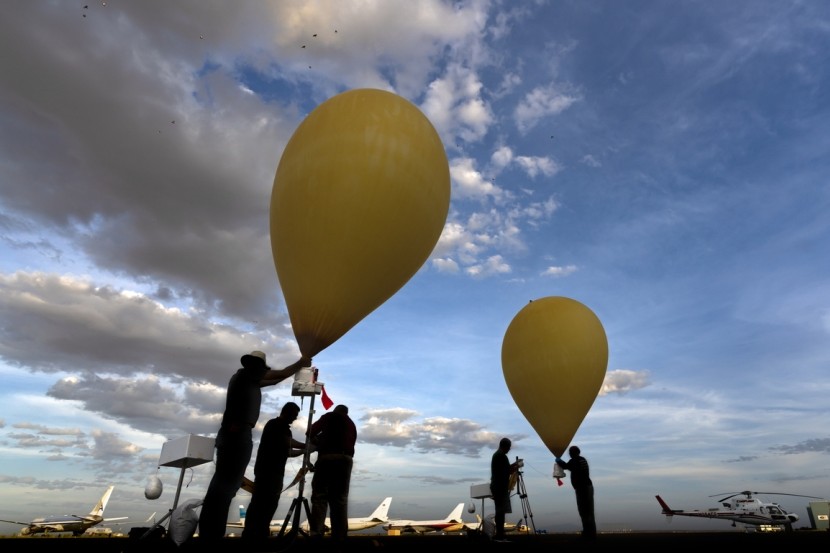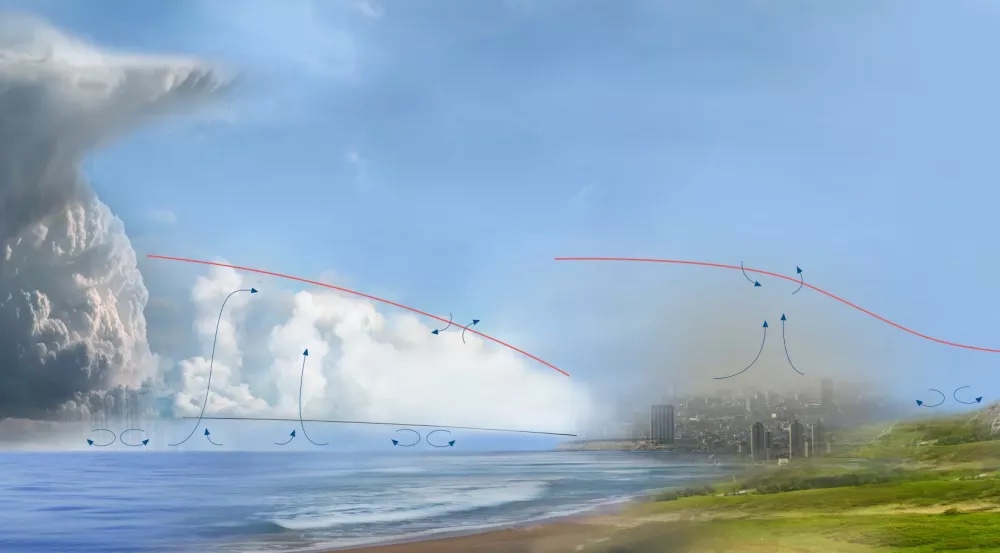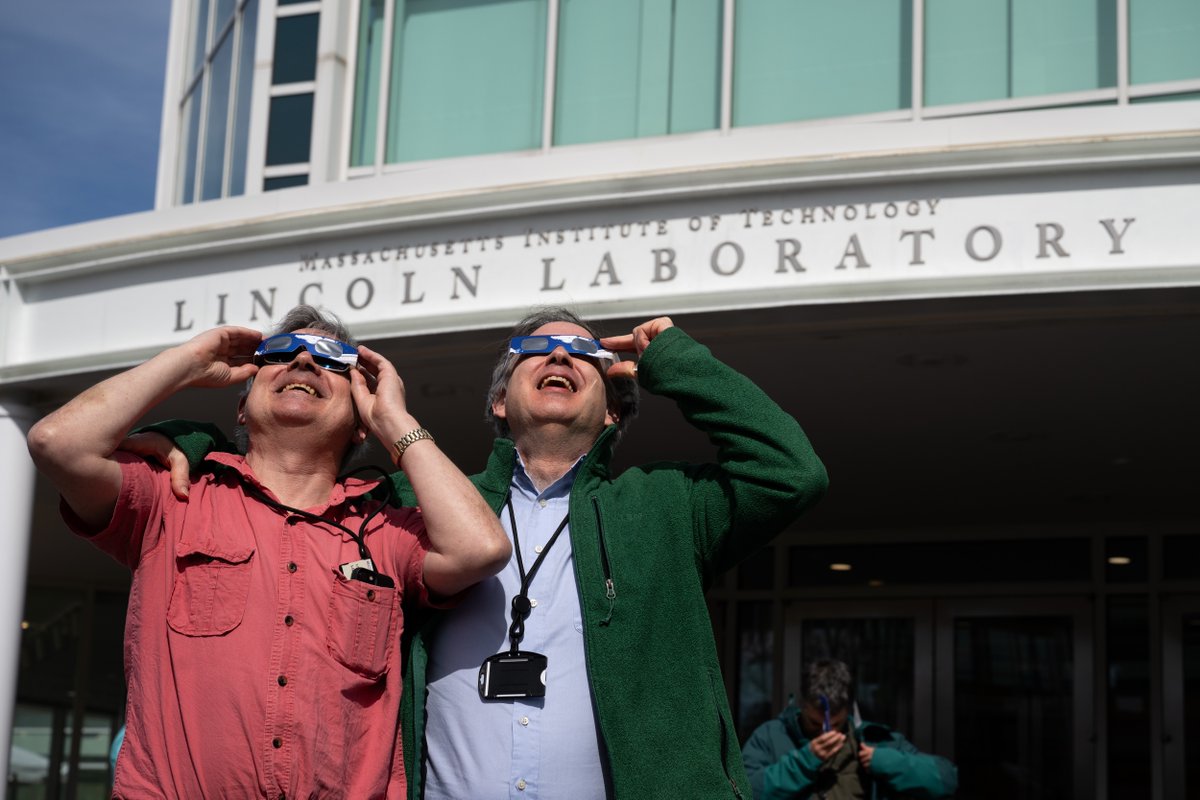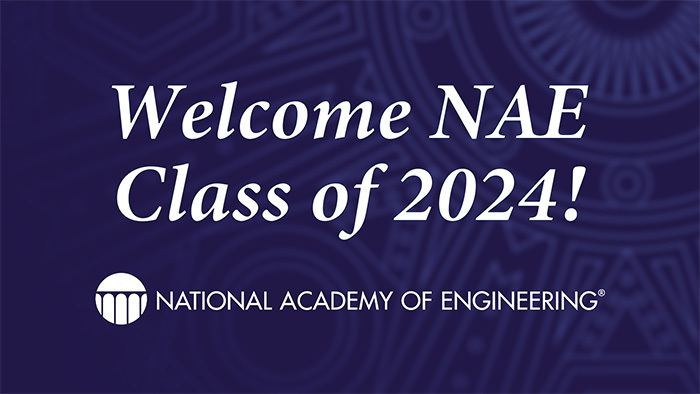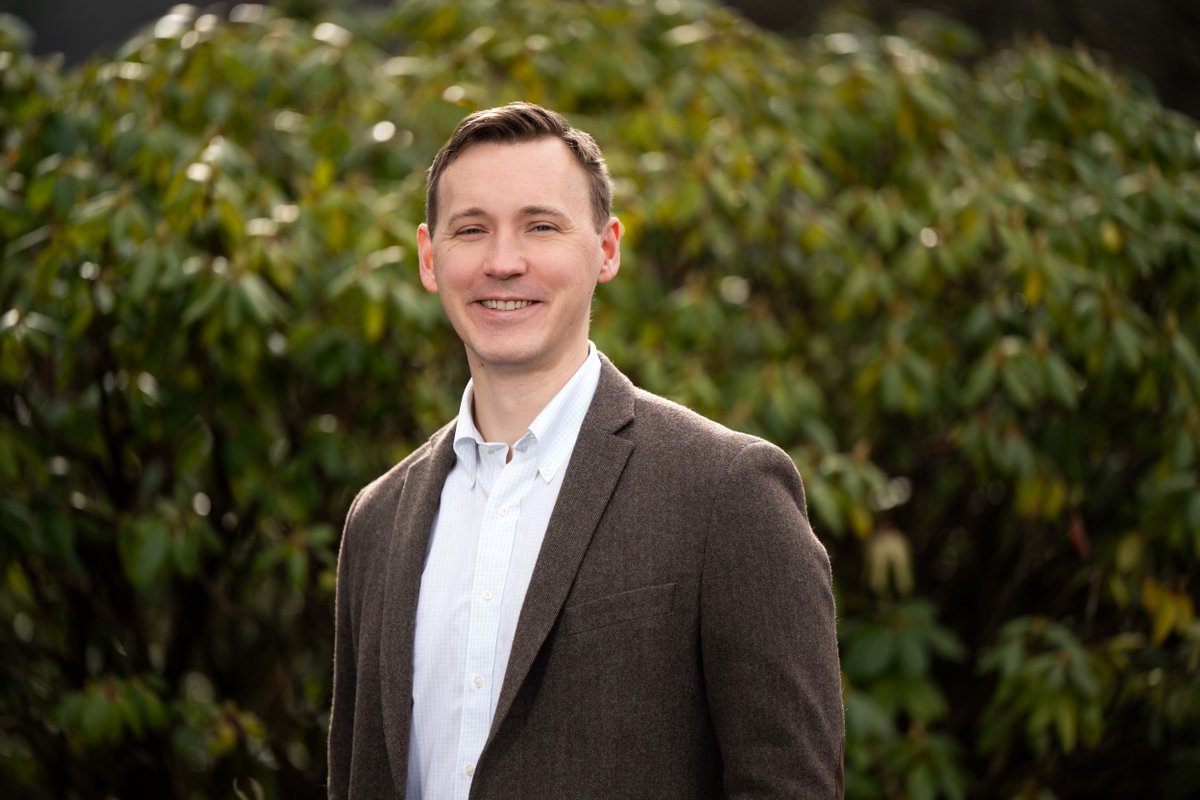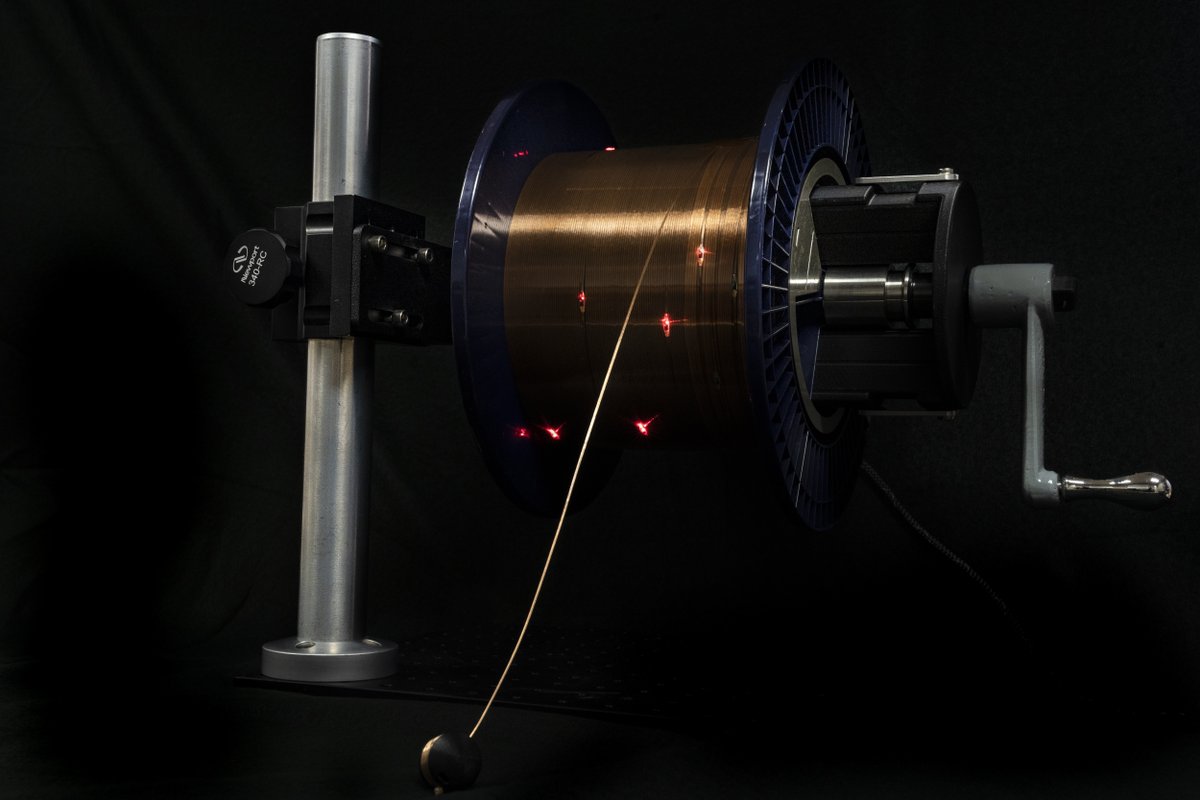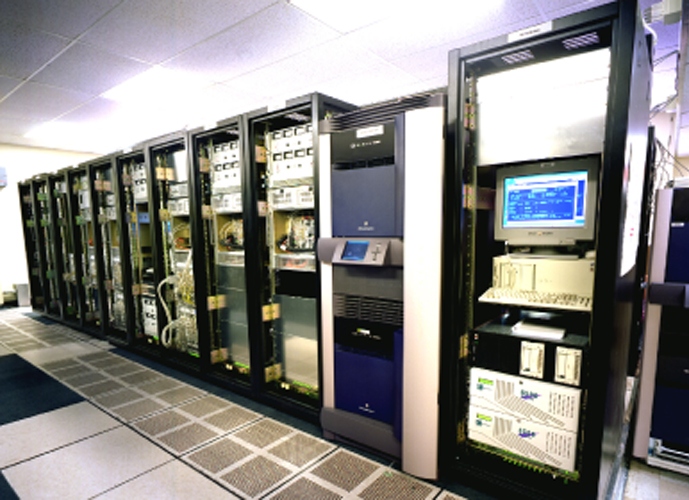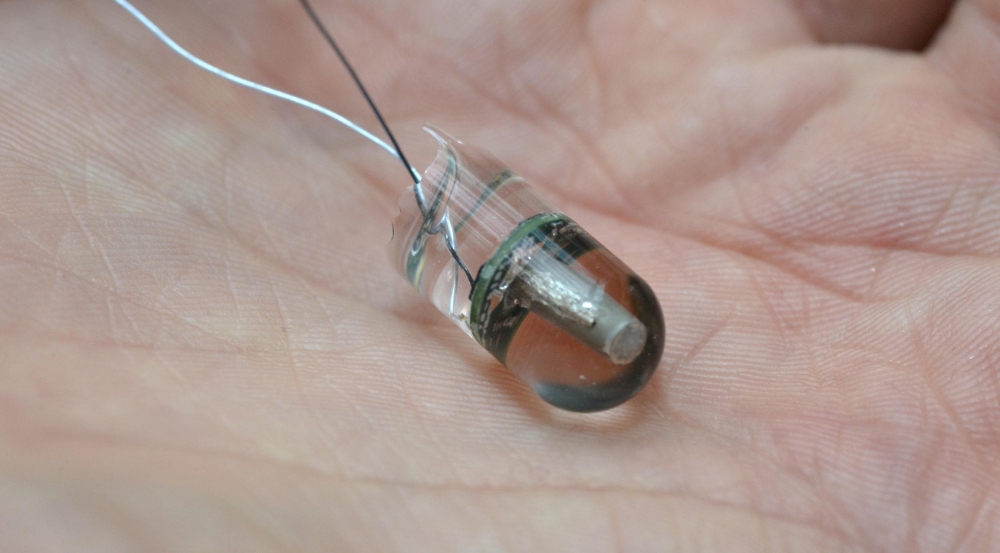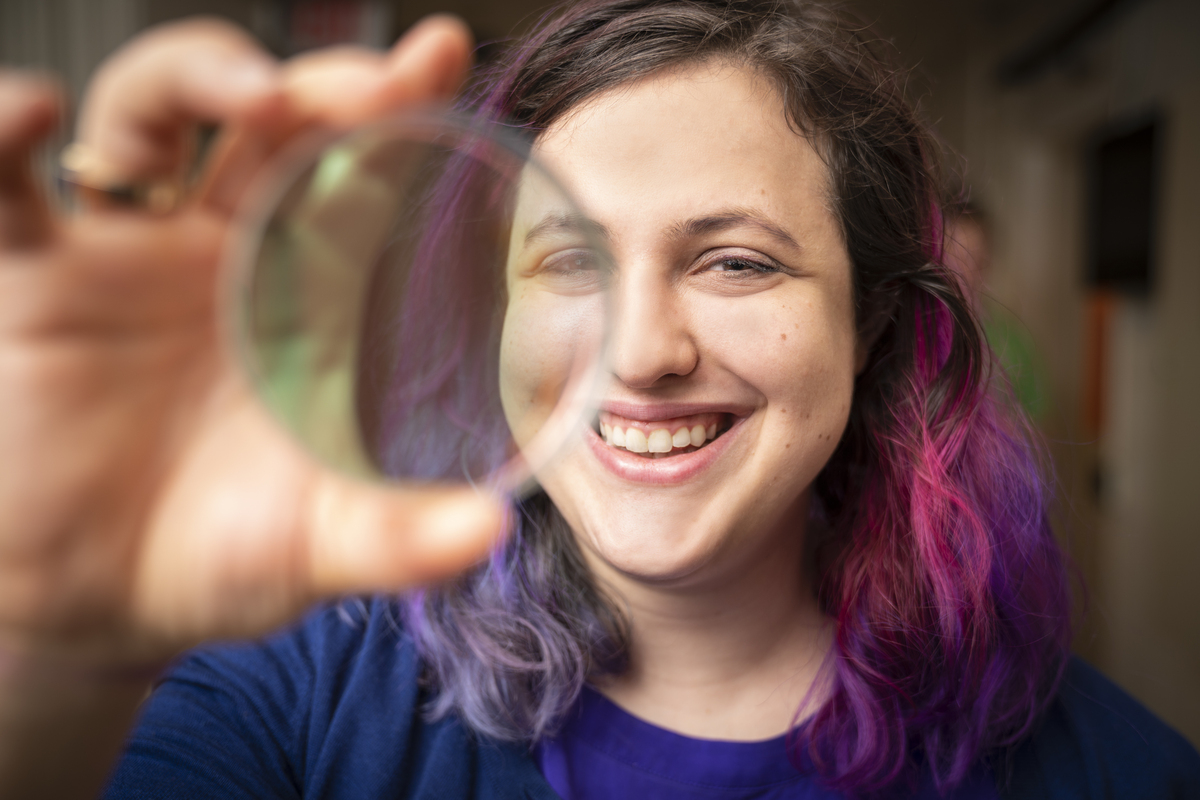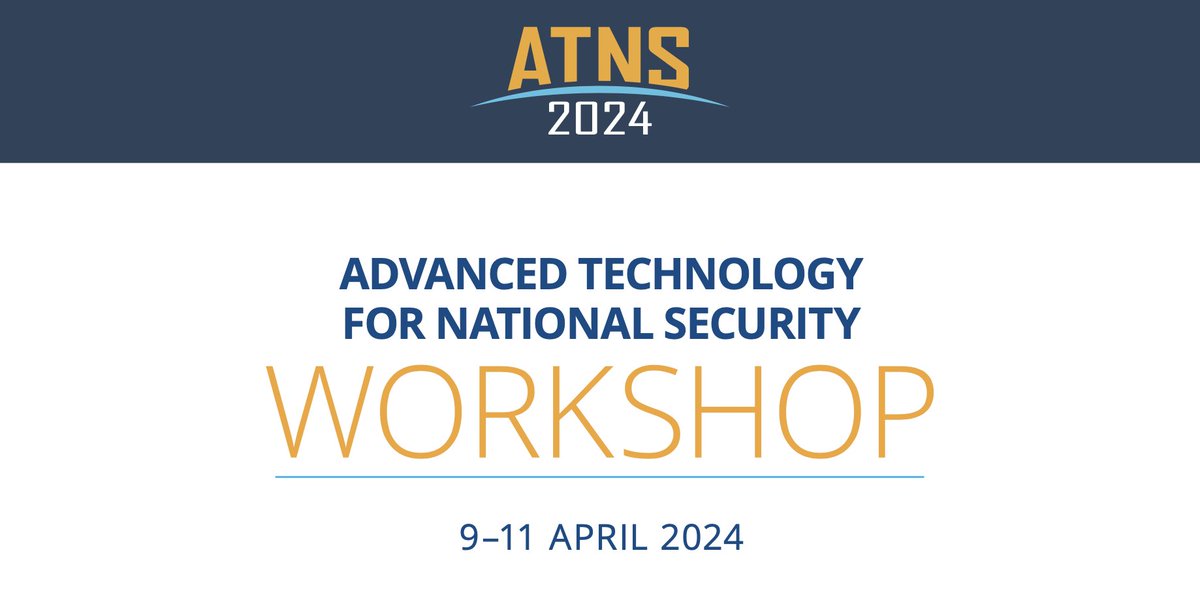
Lincoln Laboratory
@MITLL
The official X account of MIT Lincoln Laboratory, an FFRDC chartered to apply advanced technology to problems of national security.
ID:252194566
https://www.ll.mit.edu/ 14-02-2011 17:55:59
2,7K Tweets
8,7K Followers
867 Following

Tornadoes are violent mysteries. A public artificial intelligence dataset could help models reveal when and why they form, improving forecasters' ability to issue warnings. ow.ly/FqWJ50RiaEQ
#artificialintelligence
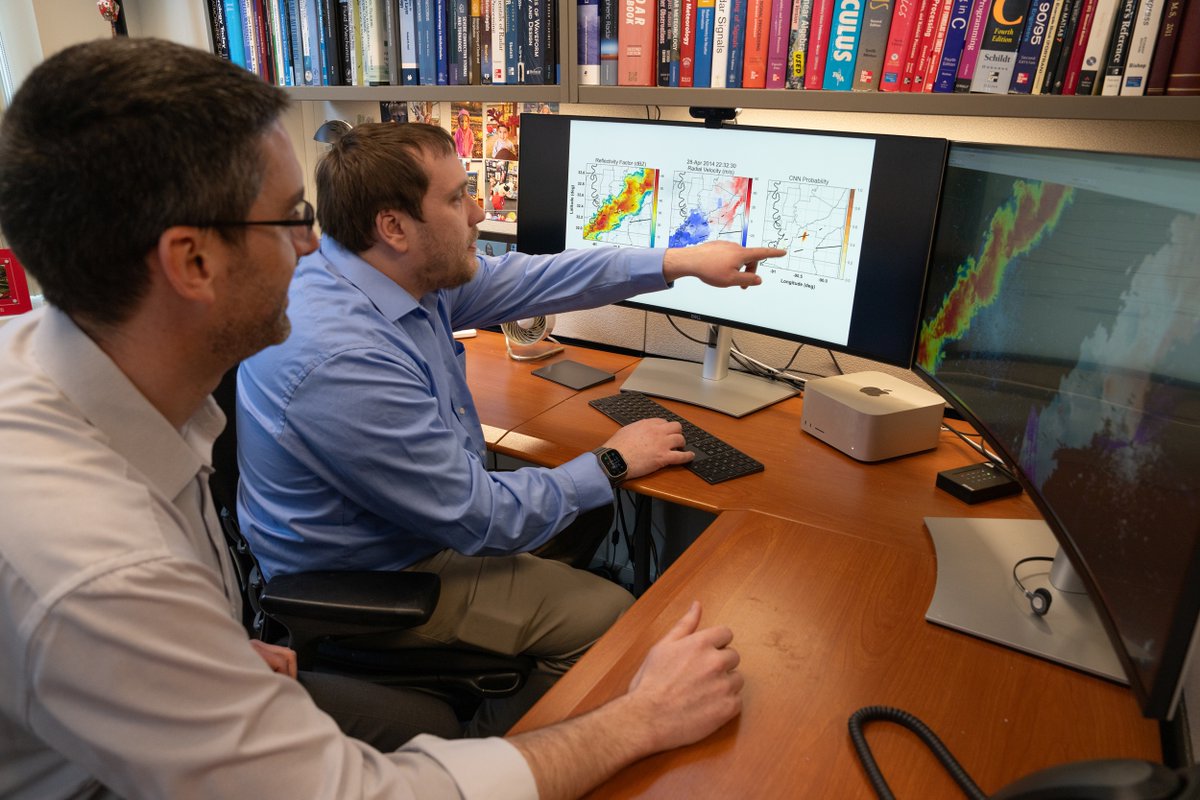














DYK: CG-24, named Lincoln Laboratory’s Computer Group 24, was a 25-bit parallel machine with an 8K-word core memory driven by transistor circuits. It was the first all-transistor machine that was capable of operation at clock-rates up to 0.5 MHz, and operated with a 0.33 MHz clock.


Thank you Olivier de Weck, Apollo Program Professor of Astronautics and Engineering Systems in MIT AeroAstro for visiting MIT Lincoln Laboratory and presenting a fascinating seminar on roadmapping the future of technology!
📸: Nicole Fandel
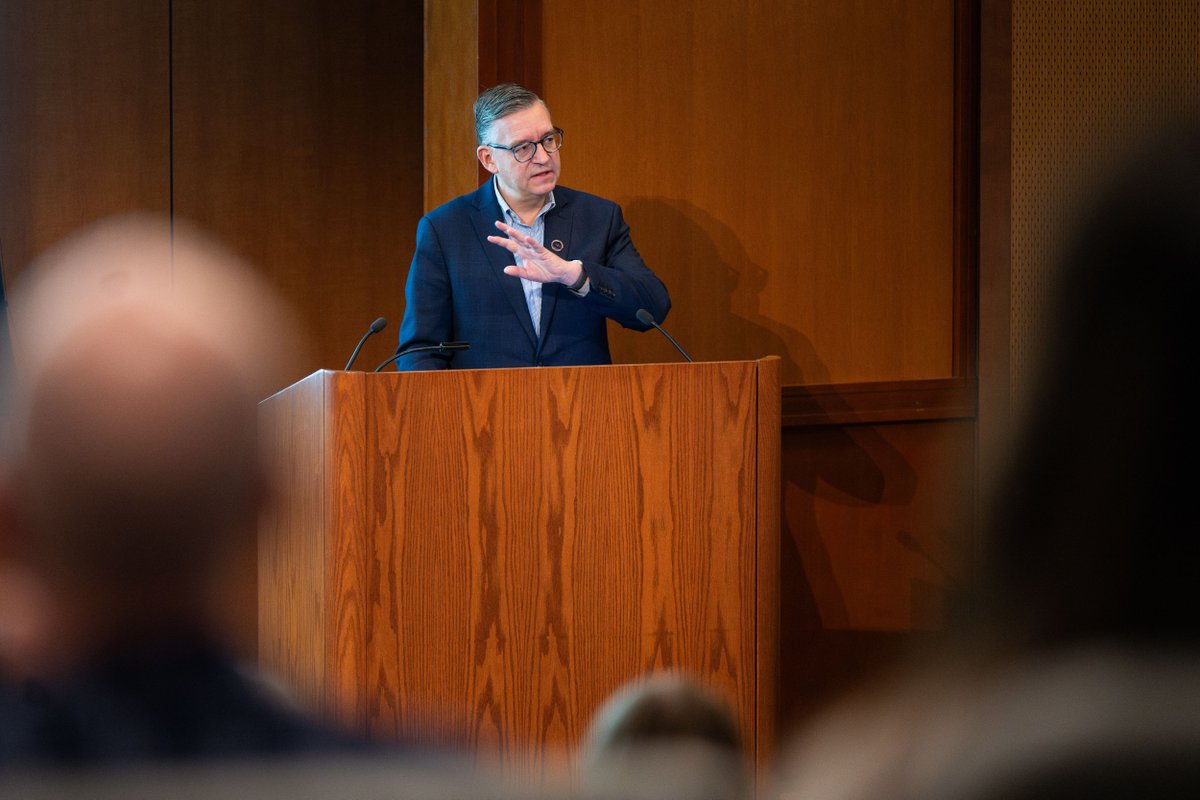

4/30-5/1: Join us for the 2024 Homeland Protection Technologies Workshop (HPTW). This event will focus on next-generation technologies for site security and law enforcement missions relevant to homeland security. For more info, contact [email protected]. ow.ly/33fC50R26hs
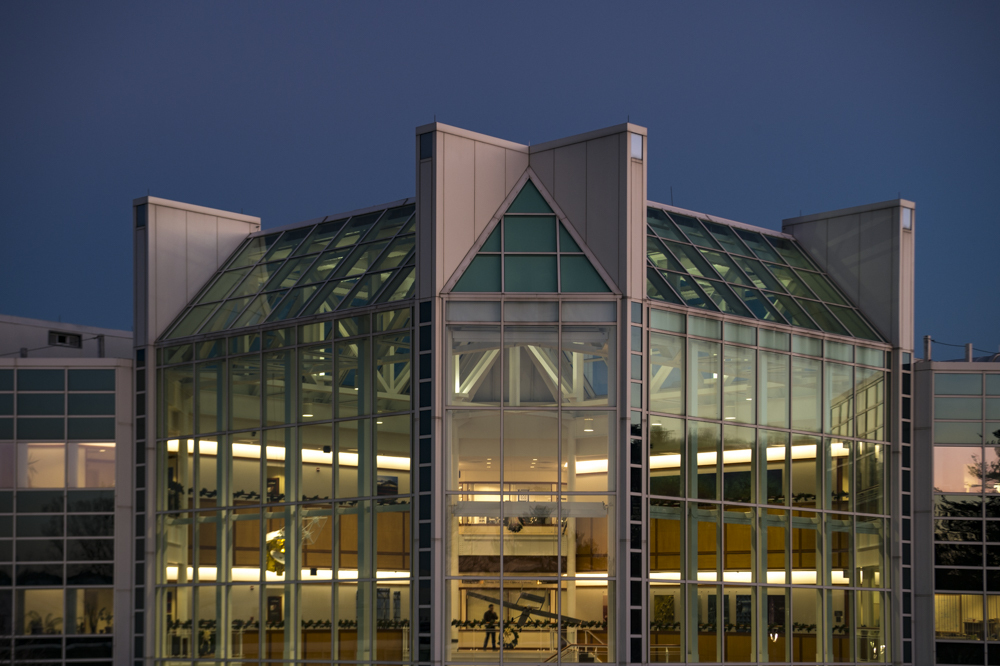



Lincoln Laboratory has a legacy of creating transformative, and even revolutionary, innovations for national security and economic growth. The Lab’s breakthroughs are now cataloged to help you find solutions to support your technological needs. Partner with us: ow.ly/rjRm50QVCYJ

